Even in the midst of the COVID-19 pandemic, it was difficult to miss the rise of the global Black Lives Matter (BLM) movement following the death of George Floyd in May in the United States.
In contrast, in Australia over the years there have been very few media reports on the deaths of First Nations people and institutional racism.
Indeed, The Guardian newspaper’s ‘Deaths Inside Project’ was created as a result of the lack of publicly available and reliable statistics on deaths in custody.1
However, the BLM movement has sparked a surge in awareness of recent and not-so-recent black deaths in custody in Australia. Not only do these tragic events affect First Nations people and their families, but also solicitors who see and work with First Nations people and the community on a daily basis.
The Royal Commission into Aboriginal Deaths in Custody’s report is a good starting point to highlight the inadequacies and inconsistencies of Australia’s appalling legacy regarding Aboriginal lives while in custody – police custody or other.
What we do know 29 years on from the report, inter alia:
- There have been 432 Aboriginal deaths in custody since 1991.2
- Some 339 comprehensive recommendations have been made to government.3
- In 37% of cases, the cause of death involved a failure to follow procedures.4
As I reflect on the 2004 riots on Palm Island, it was the justice system and the mainstream media that portrayed the Aboriginal community as aggressive and the main instigators of what occurred as the events unfolded.
Similarly, in the Sydney suburb of Redfern, the “accidental” death of an Aboriginal teenager sparked outrage and a riot;5 the Aboriginal community did not believe the death to be “accidental”.
I wonder, if not for the riots and the recent BLM movement, would the Australian community really know or understand the complete disregard of human rights that Aboriginal and Torres Strait Islander people generally must face in the community?
When there is a black death in custody, there are particular attributes that seem to go unnoticed, or are deliberately overlooked, because of the prejudice against Aboriginal and Torres Strait Islander people, in particular youth.6
The Guardian reported that, out of the 164 reported deaths between 2008 and 2020, the cause of death for 72 First Nations persons was listed as medical issues.7 For example, in September 2019, a 36-year-old Aboriginal man from Rooty Hill died following a severe asthma attack. It was reported by witnesses that it took 20 to 40 minutes for prison guards to respond. On the arrival of paramedics, the man had passed.
First Nations barrister Joshua Creamer recently wrote a powerful and thought-provoking article8 in which he said: “We simply cannot allow this behaviour to continue and expect there to be any real change in the treatment of Aboriginal and Torres Strait Islander people while in custody.”
I have been told that coming up with the right ingredients for real change requires many, if not all, of us to be comfortable with being uncomfortable. This is arguably a common denominator in the issues relating to black deaths in custody and might look like, as Joshua Creamer says, instead of police investigating themselves when there is an Aboriginal death in custody, there needs to be an independent body:
“The only solution is for an independent investigative body, not made up of former police officers (who bring their own cultural influences) to conduct each and every investigation. The body could sit at the federal level with state based teams and be deployed immediately upon notification of a death.”
There is no real reason why governments shouldn’t implement such a body, independent of the police service and any former police officers.
There are some nine First Nations barristers and at least 86 First Nations people who have identified and practise in Queensland as solicitors. In 2018, it was reported that there were 519 Aboriginal and Torres Strait Islander solicitors nationally, Queensland having just 0.3% of that total.9
Queensland Law Society, through its Cultural Outreach Strategy, has committed to raising the number of Aboriginal and/or Torres Strait Islander solicitors in the Queensland legal profession, working in conjunction with stakeholders and other allies in the profession. This strategy will contribute positively towards closing the gap, raising the participation of Aboriginal and Torres Strait Islander solicitors in the legal system, instigate change for the better, and ensure a more representative justice system.
If you would like to know more, or contribute to the Cultural Outreach Strategy, please contact us at cos@qls.com.au.
Joshua Apanui is the RAP Coordinator at Queensland Law Society under a First Nations cadetship. He is grateful for the assistance of Catherine Pereira, Principal Solicitor/Co-ordinator at Aboriginal and Torres Strait Islander Women’s Legal Service NQ Inc., in the preparation of this article.
Notes
1 theguardian.com/australia-news/ng-interactive/2018/aug/28/deaths-inside-indigenous-australian-deaths-in-custody.
2 indigenousx.com.au/why-so-many-black-deaths-in-custody-and-so-little-justice/.
3 austlii.edu.au/au/other/IndigLRes/rciadic/national/vol5/5.html.
4 12 June 2020, Evershed, Nick, Lorena Allam & Calla Wahlquist ‘Deaths inside: how we track indigenous deaths in custody and why we do it’, Guardian Australia, theguardian.com/australia-news/2020/jun/11/deaths-inside-how-we-track-indigenous-deaths-in-custody-and-why-we-do-it.
5 sydneycriminallawyers.com.au/blog/calls-for-a-parliamentary-inquiry-into-tj-hickeys-death-sixteen-years-on.
6 wsws.org/en/articles/2004/09/tj-s15.html.
7 theguardian.com/australia-news/2020/jun/01/deaths-in-our-backyard-432-indigenous-australians-have-died-in-custody-since-2008.
8 indigenousx.com.au/why-so-many-black-deaths-in-custody-and-so-little-justice.
9 lawsociety.com.au/sites/default/files/2019-07/2018%20National%20Profile%20of%20Solicitors.pdf.


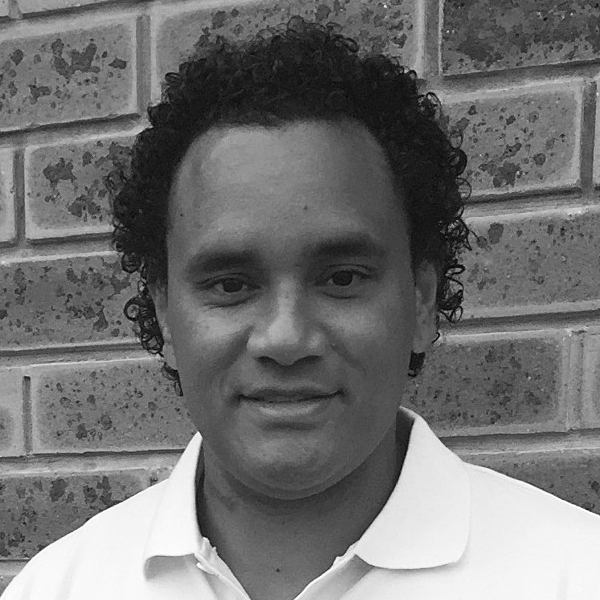
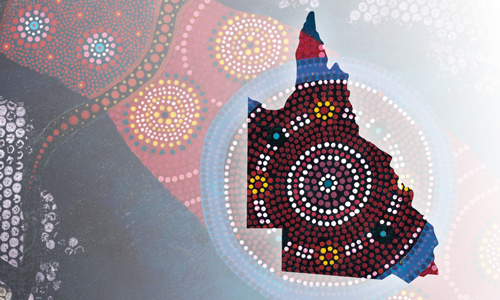

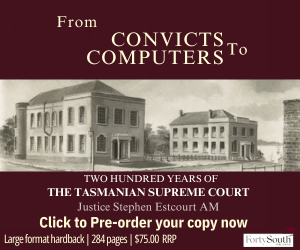

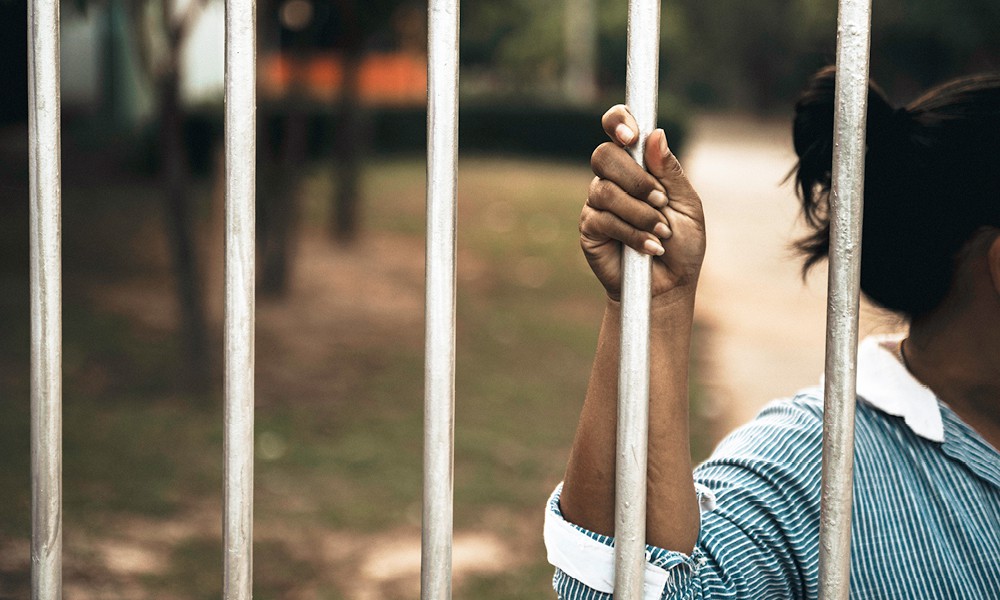
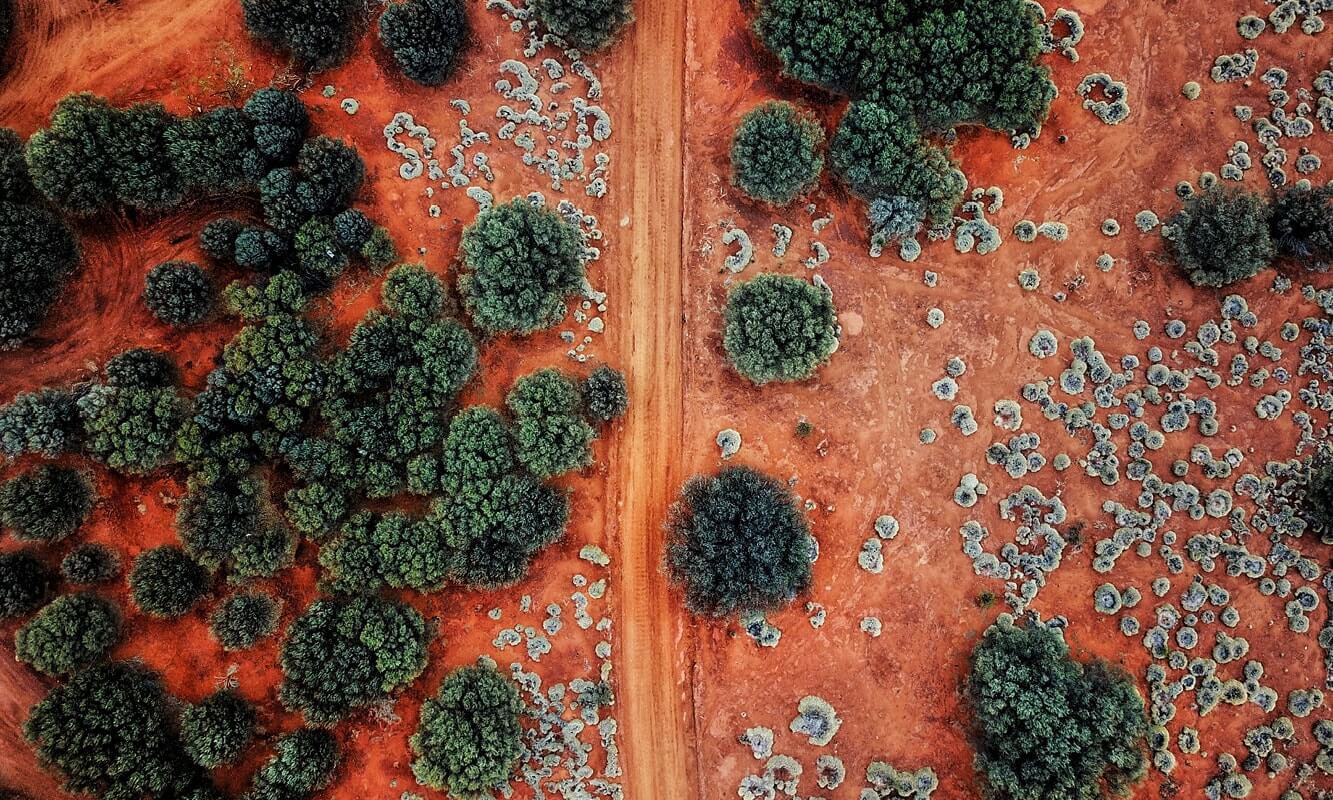
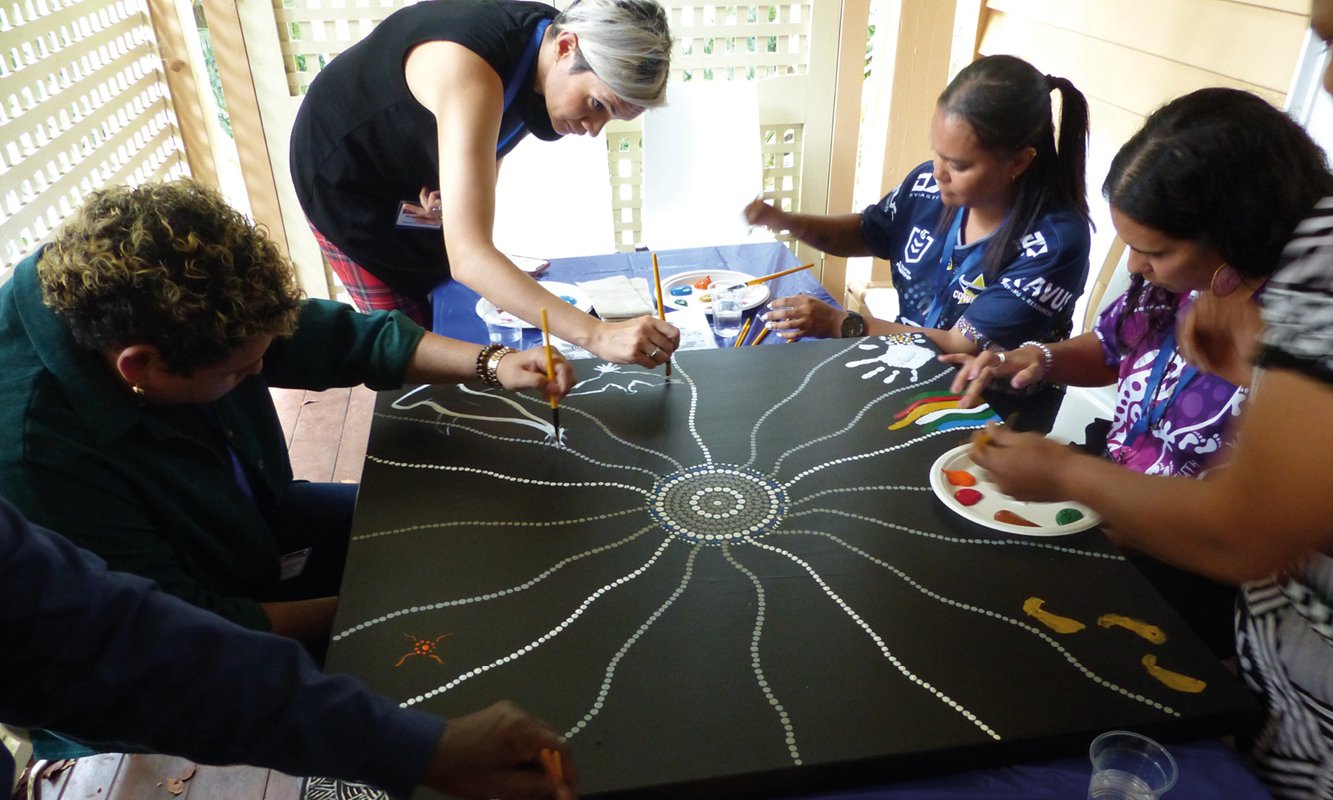

Share this article